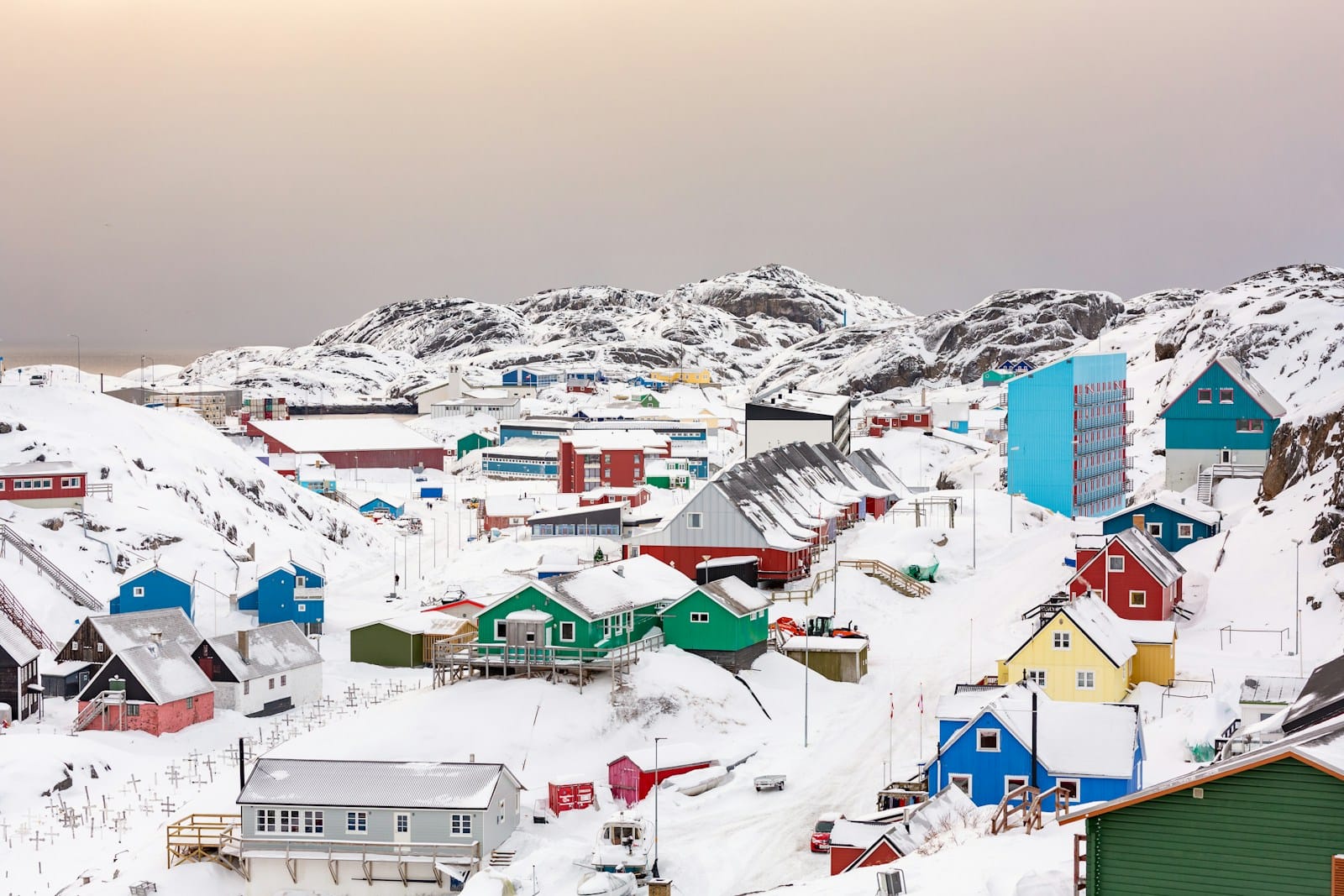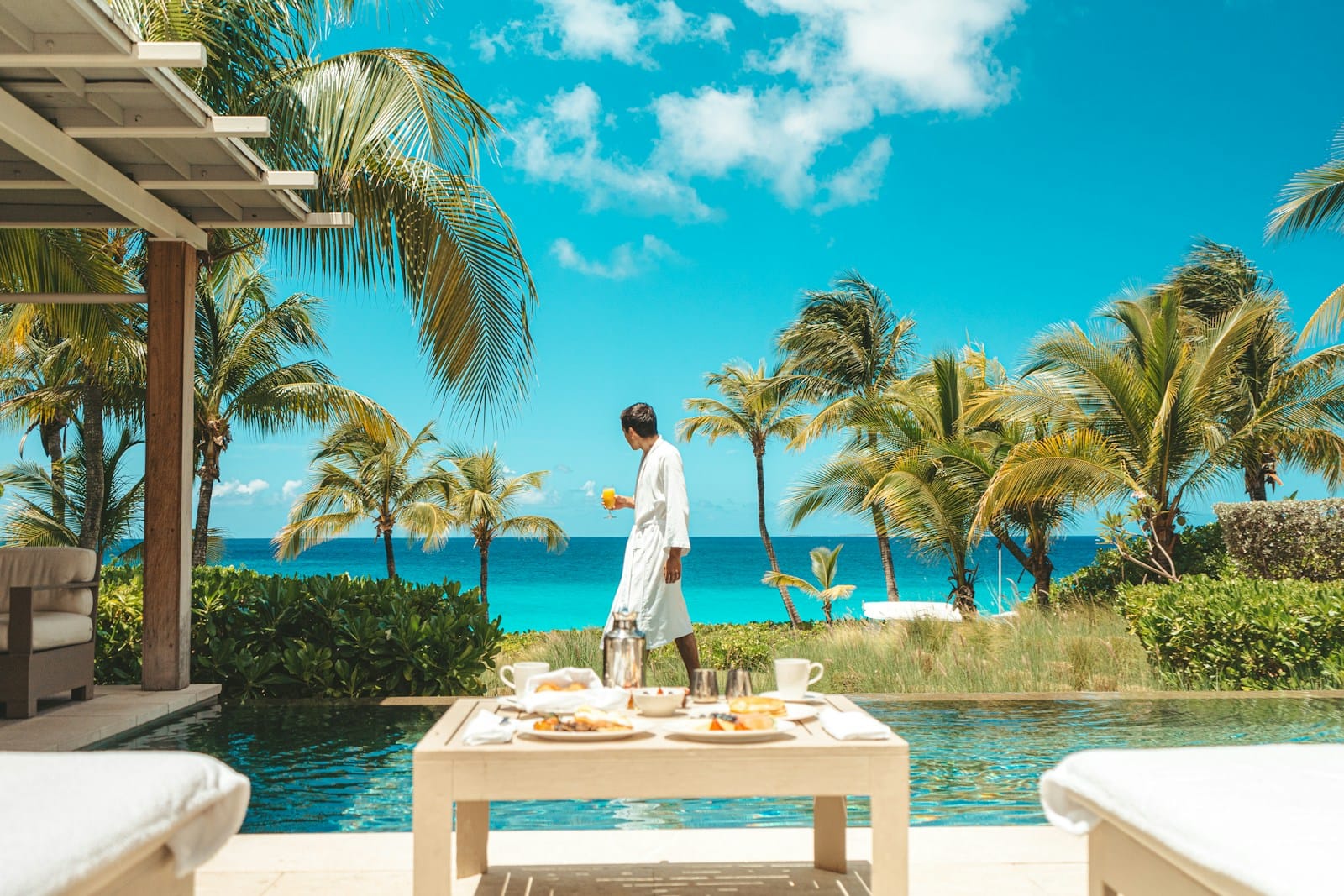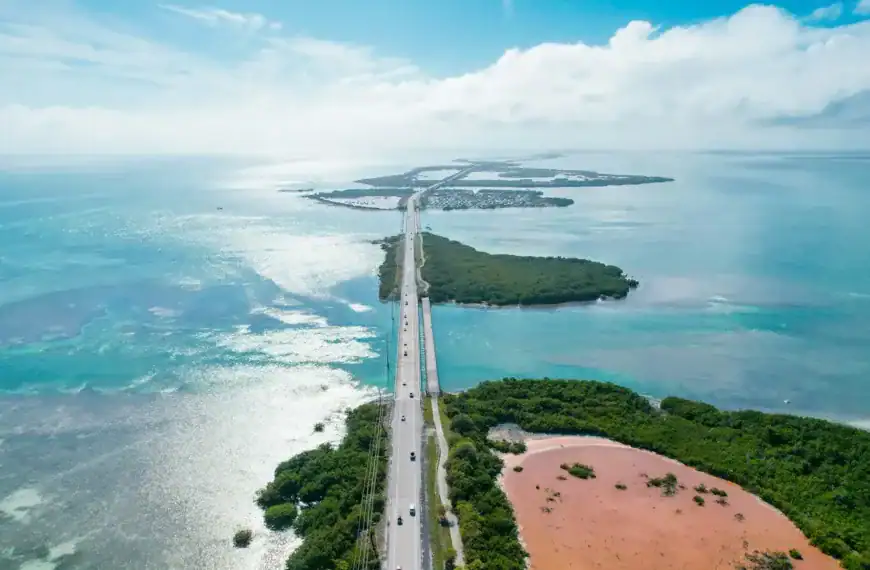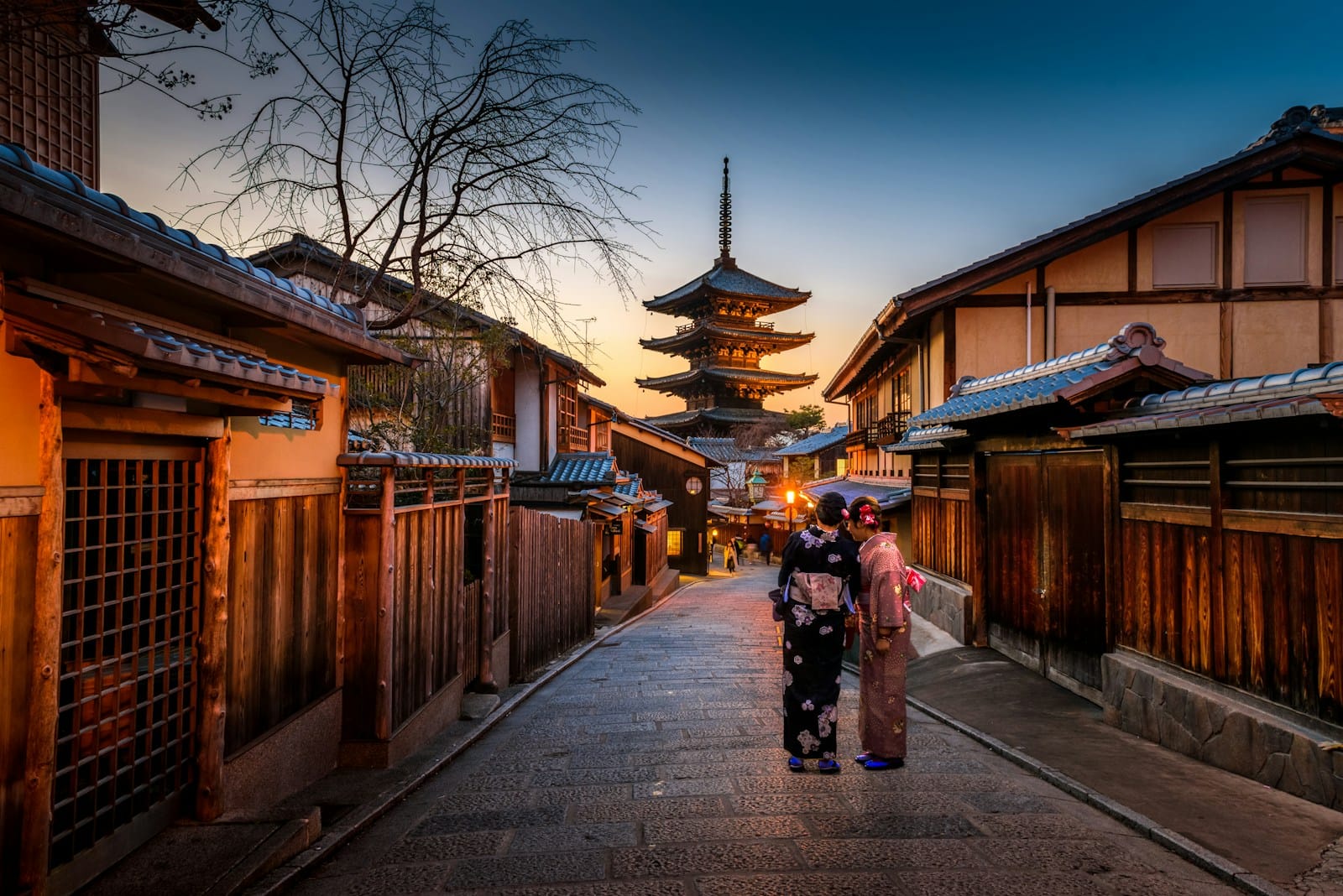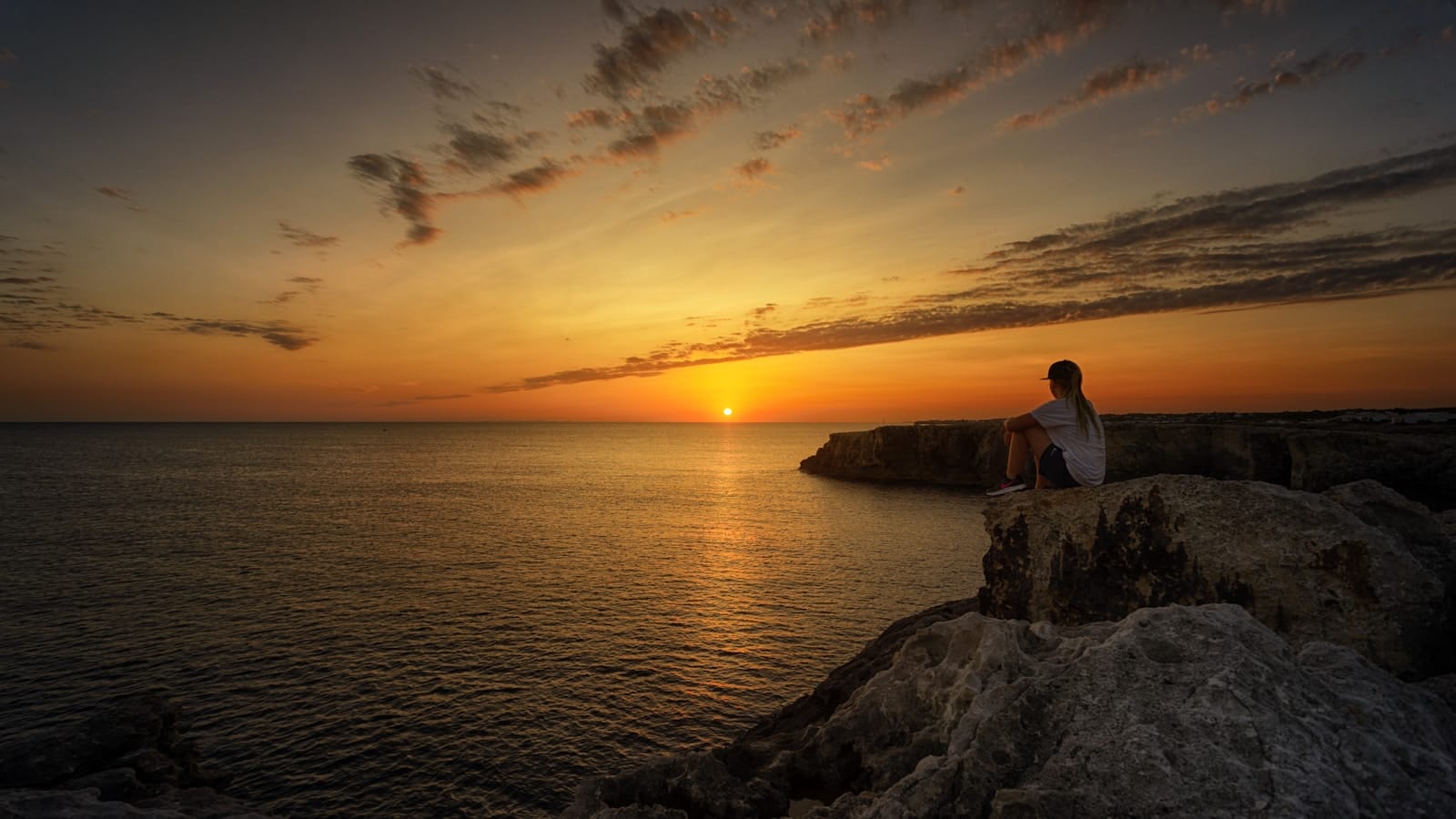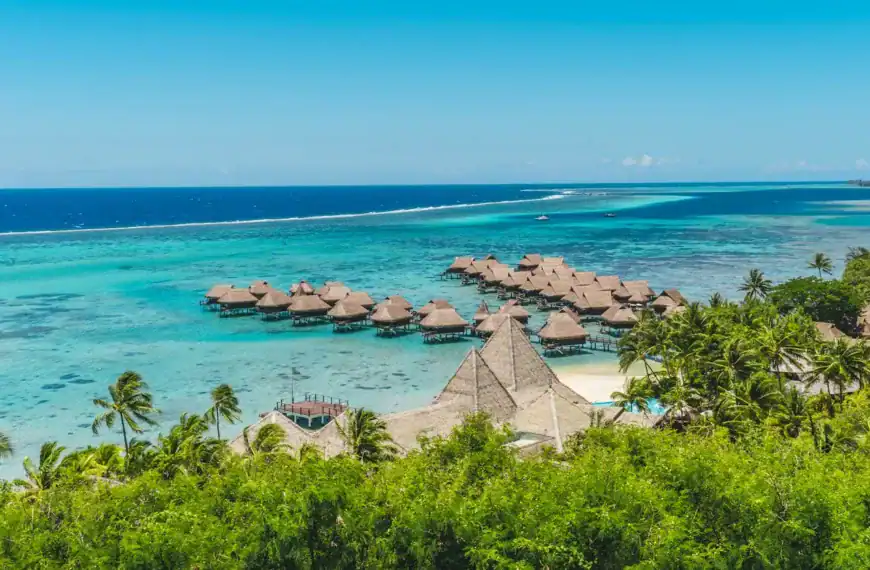Greenland Travel Guide: Arctic, Glaciers and Life
Intro to Greenland Travel Guide
The world’s largest island — Greenland — is a realm of elemental beauty. Towering icebergs, midnight sun, dog sleds, and Inuit traditions shape this extraordinary Arctic escape. With no roads between towns and over 80% of its surface covered in ice, Greenland is a place where wild nature dominates and raw adventure awaits.
Start planning your journey with our complete Greenland Travel Guide — covering the best time to visit, travel cost in Greenland, regional destinations, unforgettable Greenland tours, and key planning tips for one of the world’s last true frontiers.
Looking for immersive Greenland tours? From Ilulissat’s iceberg fjords and dog sled expeditions to remote hikes and cultural encounters, explore authentic Greenland adventures in our Greenland Tours guide.
Where to Go in Greenland
Disko Island | Ilulissat | Ittoqqortoormiit | Kangerlussuaq | Kulusuk | Nuuk | Qaqortoq | Sisimiut | Tasiilaq | Uummannaq
💡Quick Facts:
Destination: Greenland
Continent: North America (politically linked to Europe via Denmark)
Country: Autonomous territory within the Kingdom of Denmark
Area: 2,166,086 km² (836,331 mi²)
Population: ~56,000 (2025 est.)
Density: 0.03/km² — world’s least densely populated territory
Capital: Nuuk
Regions/Subregions: North Greenland, East Greenland, South Greenland, West Greenland, Arctic National Park zone
Official Languages: Greenlandic (Kalaallisut), Danish
Regional Languages: English increasingly used in tourism
Currency: Danish Krone (DKK)
Time Zones: UTC-3 (Nuuk, south/west), UTC-1 (Ittoqqortoormiit, east), UTC±0 (summit station)
Airports (Main): Nuuk (GOH), Ilulissat (JAV), Kangerlussuaq (SFJ), Narsarsuaq (UAK), Constable Point (CNP)
Climate: Arctic and sub-Arctic — long cold winters, short cool summers
Known For: Ice sheet and glaciers, Ilulissat Icefjord (UNESCO), northern lights, sled dogs, Inuit culture, Arctic wildlife, midnight sun
🛂Arrival Info:
Schengen Zone: Part of the Kingdom of Denmark, but Greenland is outside Schengen and EU.
Visa-Free Countries: Nordic citizens have free movement; most EU, US, Canadian travelers require a separate visa.
Stay Limits: Up to 90 days (separate from Schengen stay).
Entry Points: No direct flights from North America; routes via Denmark (Copenhagen) or Iceland (Reykjavík).
Visa Info: Danish Immigration Service
🏥Health Info:
Recommended Vaccines: Routine vaccines, Hepatitis A, Hepatitis B for extended stays.
Healthcare Access: Hospitals in Nuuk; limited clinics in smaller towns. Medevac possible in remote areas.
Emergency Number: 112 (same as Denmark).
Insurance: Strongly recommended due to high evacuation costs.
Risks: Frostbite and hypothermia in winter; UV exposure from snow reflection.
🚑 Check travel insurance options for travel emergencies, delays, and medical needs abroad — Get coverage here
💉 Stay Informed with Official Updates: WHO – International Travel & Health | CDC – Travel health updates
🚨Travel Advisory:
General Safety: Very safe, low crime rates.
Risks: Weather delays common for flights and ferries.
Remote Travel: Requires preparation; limited infrastructure.
Wildlife Risks: Polar bears in east/north; rare but dangerous.
Civil Concerns: No major unrest; governance stable under Denmark.
🌍Track Real-Time Official Updates: US Travel Advisory | UK Foreign Travel Advice | Government of Canada | NZ SafeTravel
🥳Holidays:
January 1: New Year’s Day
June 21: National Day of Greenland
December 25: Christmas Day
December 26: Boxing Day
April/May: Easter (variable dates)
May/June: Whit Monday (Pentecost)
June: Constitution Day (observed with Denmark)
💰Visitor Info:
Currency: Danish Krone (DKK).
Payment: Credit cards accepted in towns; cash useful in small settlements.
ATMs: Limited outside larger towns.
Tipping: Not expected but appreciated for good service.
Tourist Taxes: None.
Average Daily Budget:
Budget: €80–120 (limited options)
Mid-Range: €150–250
Luxury: €300+ (tours, cruises)
🛫Airports:
Nuuk (GOH): Capital’s main airport, short-runway flights from Iceland/Denmark.
Kangerlussuaq (SFJ): Former US base, major international hub.
Ilulissat (JAV): Gateway to Disko Bay & icefjord tours.
Narsarsuaq (UAK): Access to South Greenland.
Seasonal Links: Flights from Keflavík (Icelandair), year-round from Copenhagen (Air Greenland).
🧳 Delayed or canceled flight? Check if you’re eligible for compensation
🚍Transport:
Roads: Minimal, no road links between towns.
Boats/Ferries: Arctic Umiaq Line connects coastal towns.
Flights: Air Greenland serves most communities.
Taxis: Limited to major towns.
Car Rentals: Rare, not practical for intercity travel.
Scenic Travel: Dog sledding, snowmobiles in winter; boats in summer.
🚗 Book reliable airport transfers and in-city rides in advance. Reserve your ride here
🛰️Connectivity:
SIM/eSIM Providers: Tusass (Tele Greenland) is sole operator.
Costs: High, with limited data packages.
Coverage: Strong in towns; absent in remote settlements.
Public Wi-Fi: Found in hotels and cafes, usually paid.
Roaming: Expensive; buy local SIM if staying longer.
🛜 Stay connected abroad with affordable eSIM data packs. Get your eSIM here
📜Laws & Etiquette:
Drinking Age: 18 for alcohol purchase.
Smoking: Restrictions in public buildings.
Dress Code: Practical outdoor gear; modest indoors.
Photography: Ask before photographing locals or sled dogs.
Cultural Respect: Honor Inuit traditions and subsistence practices.
LGBTQ+: Rights recognized under Danish law, but communities are small.
👮Emergency Info:
Emergency (All Services): 112
Hospitals: Queen Ingrid’s Hospital, Nuuk
US Consulate Services: Through US Embassy Copenhagen (+45 33 41 71 00)
Danish Police in Greenland: +299 701448
🏛️ Use embassy locator tools: Embassies Worldwide
🌞Weather:
Winter (Nov–Mar): -10°C to -30°C; dark polar nights, aurora viewing.
Spring (Apr–May): -5°C to +5°C; increasing daylight, ice breaking.
Summer (Jun–Aug): 5°C to 15°C; midnight sun in north, best hiking & boating.
Autumn (Sep–Oct): Cooling, ice returns, fewer tourists.
Best Seasons: Summer for tours, winter for northern lights & dog sledding.
🌦️ Stay prepared—check the weather forecast for your destination — Weather Forecast
Greenland by Region – Where to Go
Greenland is divided into five travel zones — each with its own landscape, culture, and accessibility.
West Greenland – Most Visited & Most Connected
Home to Nuuk (the capital), Ilulissat, and Sisimiut, West Greenland offers dramatic fjords, calving glaciers, whale watching, and cultural richness. Ilulissat Icefjord is a UNESCO gem with unforgettable iceberg views.
South Greenland – Farms, Fjords & Norse Ruins
A green Arctic surprise, this region includes Narsarsuaq, Qaqortoq, and Hvalsey. Explore Viking history, sheep farms, and blue-ice kayaking in protected fjords.
East Greenland – Remote Wilderness & Inuit Culture
Accessed mainly from Iceland, towns like Tasiilaq offer raw landscapes, glaciers, and strong local traditions. Less visited and more rugged, it’s ideal for backcountry hiking and authentic immersion.
North Greenland – Arctic Extremes & Expeditions
Reach Qaanaaq or Thule for true polar experiences — dog sledding, ice caps, and indigenous traditions. This is expedition country with limited infrastructure.
The Ice Sheet & Inland – Trekking & Scientific Frontiers
Visit Kangerlussuaq to walk on the Greenland Ice Sheet, or fly in for heli-treks, basecamp stays, and ice-core station visits.
Top Places to Visit in Greenland
Towns & Culture
- Nuuk: Capital with museums, Inuit art, and coffee shops
- Ilulissat: Iceberg capital, birthplace of explorer Knud Rasmussen
- Qaqortoq: Colorful town with Norse ruins and stone sculptures
- Tasiilaq: East Greenland’s largest town with fjords and adventure basecamps
Nature & Adventure
- Ilulissat Icefjord: UNESCO-listed and iceberg-packed
- Eqi Glacier: Cruise to the face of a thunderous calving glacier
- Greenland Ice Sheet: Trekking and ice walk experiences from Kangerlussuaq
- Disko Bay: Whale watching, iceberg cruises, and fjord kayaking
Unique Experiences
- Hvalsey Church Ruins: Best-preserved Norse site in Greenland
- Northern Lights: Visible from September to April in most regions
- Dog Sledding: Ride with huskies in Sisimiut or Tasiilaq
- Hot Springs of Uunartoq: Bathe in geothermal pools surrounded by icebergs
How to Choose Where to Go in Greenland
If it’s your first visit, head to West Greenland — Ilulissat, Nuuk, and Kangerlussuaq offer key sights and better transport.
Nature lovers and hikers will love South Greenland’s fjords and East Greenland’s tundra trails.
Photographers and expedition fans should focus on North Greenland or Eqi Glacier access.
Short on time? Ilulissat combines icefjord cruises, dog sledding, and culture in one compact area.
How to Get Around Greenland
Greenland has no roads between towns — travel is by air or sea:
- Flights: Air Greenland and Icelandair connect towns with Dash-8 planes. Most flights hub through Kangerlussuaq or Nuuk.
- Boats: Arctic Umiaq Line ferries connect southern and western towns in summer.
- Helicopters: Serve remote villages and scenic routes (e.g., Ilulissat to Ilimanaq).
- Cruise Ships: Summer options range from luxury to expedition vessels.
- Snowmobiles/Dog Sleds: Traditional winter travel options in the north and east.
Plan with flexibility — weather often causes delays.
Travel Budget & Costs in Greenland
The cost to travel in Greenland is high due to remote logistics and imported goods:
- Budget travelers: $150–$250/day (hostels, self-catering, public boats)
- Mid-range: $300–$500/day (hotels, guided day tours)
- Luxury/Expedition: $700–$1,200+/day (all-inclusive, cruises, private guides)
Sample prices:
- Flight from Iceland to Nuuk: $400–$600
- Guided iceberg cruise: $100–$250
- Basic hotel: $150–$200/night
- Local meal: $20–$35
- Dog sled tour: $150–$300 half-day
Best Time to Visit Greenland
Best time to visit Greenland: June to September (summer)
- Summer (June–September): Midnight sun, hiking, cruises, whale watching
- Winter (February–April): Dog sledding, northern lights, snowmobiling
- Shoulder Seasons: Limited access; May and October can be muddy and unpredictable
Seasonal Highlights:
- June–July: Iceberg viewing in Ilulissat
- August: Berry-picking and arctic wildflowers
- Feb–March: Best time for aurora borealis and dog sledding
Must-See Experiences in Greenland
- Cruise through Ilulissat Icefjord surrounded by cathedral-sized bergs
- Trek the Arctic Circle Trail from Kangerlussuaq to Sisimiut
- Soak in Uunartoq hot springs with views of drifting sea ice
- See northern lights dance above fjords and frozen tundra
- Visit Inuit settlements and share coffee in a local home
- Heli-hike the Ice Sheet for surreal silence and otherworldly landscapes
- Kayak Disko Bay — paddle past seals and floating ice
- Dog sled through snow plains with a local musher
Book immersive Greenland tours and experience unforgettable things to do in Greenland — from sacred ice rituals and Arctic treks to fjord kayaking and northern lights hunting.
Best Travel Itineraries in Greenland
7-Day Highlights Itinerary (West Greenland)
Day 1: Fly into Kangerlussuaq – visit Ice Sheet
Day 2–4: Transfer to Ilulissat – iceberg cruise, hiking, dog sledding
Day 5: Day trip to Eqi Glacier or Ilimanaq
Day 6–7: Nuuk – explore museums, harbor, culture
10-Day Adventure + Culture Route
Add: South Greenland (Qaqortoq + Hvalsey), or East Greenland via Iceland for hiking, settlement visits, and fjord kayaking
Local Cuisine & Culinary Experiences
Greenland’s food traditions reflect its environment: seafood, game, and foraged ingredients dominate.
- Mattak: Whale skin and blubber – a traditional delicacy
- Suaasat: Seal or reindeer meat stew with rice or barley
- Arctic char: Fresh-caught and often smoked or grilled
- Lumpfish roe: Served with blinis or crackers
- Musk ox or reindeer: Wild game meat featured in local dishes
- Berry desserts: Cloudberries, crowberries, and blueberry pies
- Greenlandic coffee: A strong mix of coffee, Kahlúa, whiskey, and whipped cream
Most hotels serve Nordic-style buffets. Look for local cafés in Nuuk and Ilulissat with regional specialties and modern takes on Arctic fare.
Travel Safety & Cultural Etiquette in Greenland
- Safety: Very safe. Always hike with gear and notify locals if going remote.
- Weather Risks: Fast-changing Arctic conditions — always dress in layers and check forecasts.
- Wildlife: Don’t approach sled dogs, and respect marine wildlife from a distance.
- Etiquette: Greet with a smile. Small communities value privacy and respect.
- Language: Greenlandic and Danish are official. Some English spoken in tourism areas.
- Emergency Services: Limited outside towns — carry GPS and first aid for remote travel.
Where to Go Next – Pair Greenland with These Destinations
- Iceland: Direct flights from Reykjavik; pair icebergs with volcanoes and hot springs
- Denmark: The governing country — fly to Copenhagen for Nordic urban culture
- Canada (Nunavut or Baffin Island): Continue the Arctic journey across the Davis Strait
- Faroe Islands: Another North Atlantic gem with lush cliffs and Viking roots
Explore more:
- Iceland Travel Guide – Geothermal wonders and northern adventures
- Denmark Travel Guide – Urban design, fairy-tale castles, and hygge vibes
- Faroe Islands Travel Guide – Turf-roof villages and rugged coasts
- Norway Travel Guide – Fjords, hikes, and northern light views
Final Planning Checklist for Greenland
- Book flights early — limited seats and routes from Denmark or Iceland
- Reserve accommodation and tours at least 3–6 months in advance
- Pack waterproof layers, thermal basewear, and camera protection
- Download offline maps, translation apps, and aurora forecast tools
- Bring backup power and emergency contacts for remote areas
- Learn local customs — be respectful when visiting small communities
- Confirm entry requirements — part of Kingdom of Denmark (no visa for most EU/US travelers)
- Consider adventure travel insurance for helicopter or backcountry trips
Explore Greenland with confidence using our trusted tips, local insights, and region-by-region planning tools.

